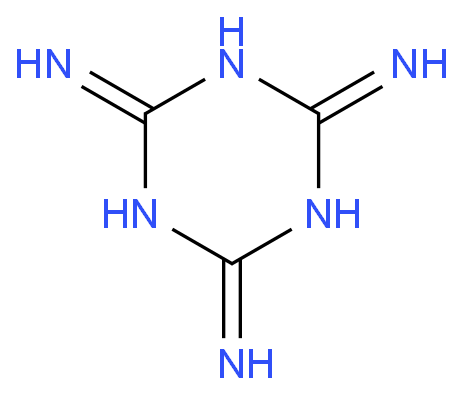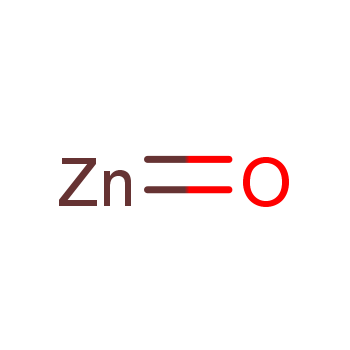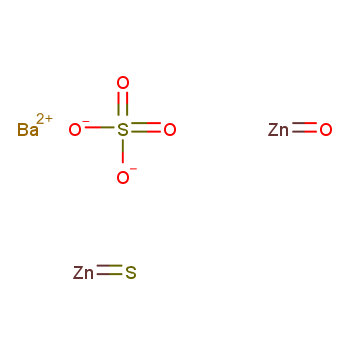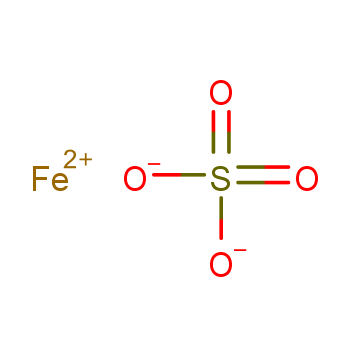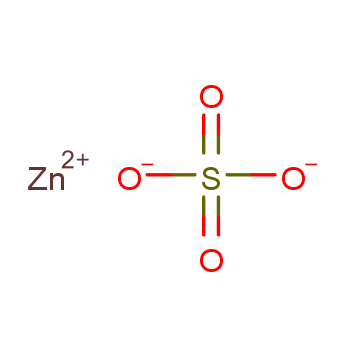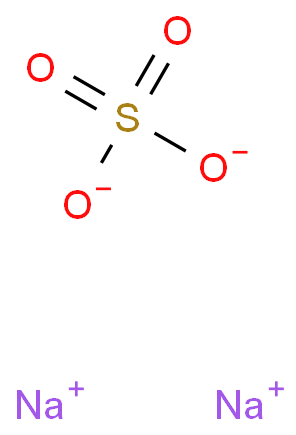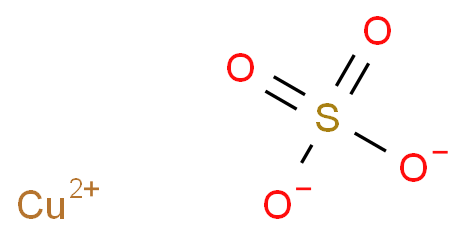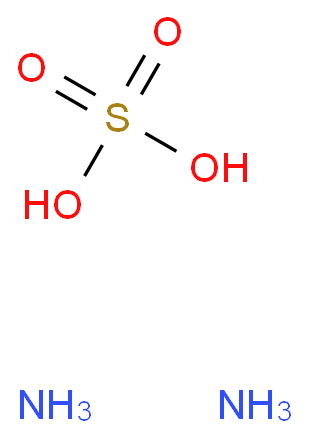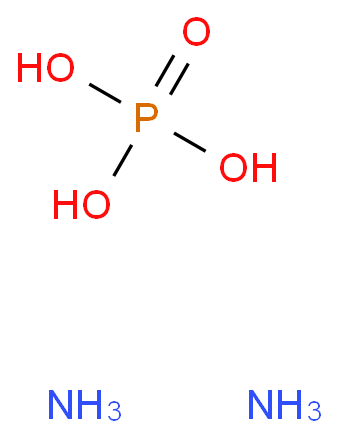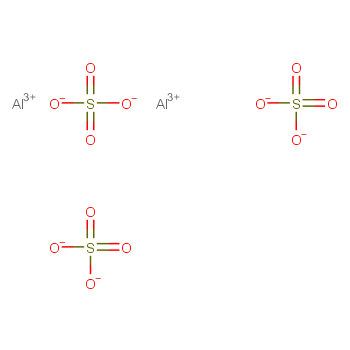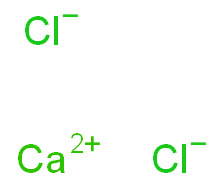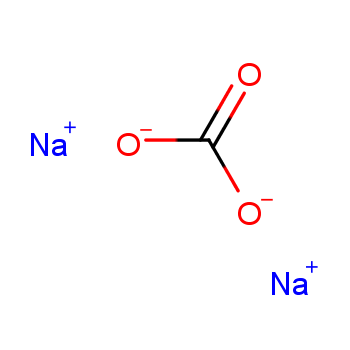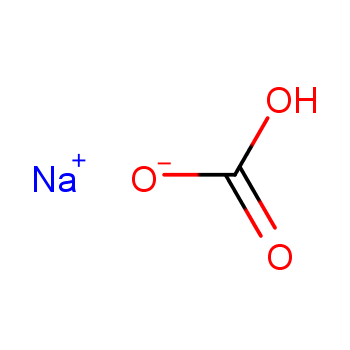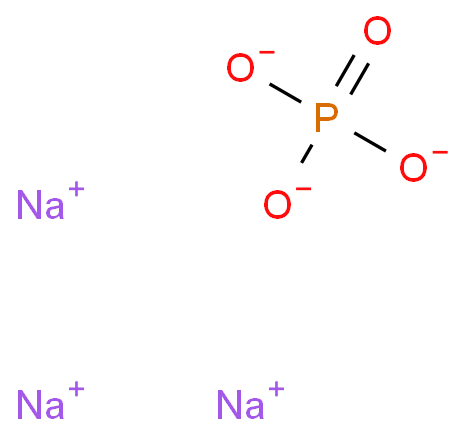Inorganic Salts, derived from inorganic compounds, constitute essential mineral nutrients present within both the human body and food sources. These salts primarily manifest as ions within cellular structures, comprising a combination of organic and inorganic substances. In the context of biological cells, they typically represent a modest fraction, ranging from 1% to 1.5% of the cell's natural state by weight.
Notably, over 20 distinct types of inorganic salts have been identified within the human body, with a significant proportion composed of elements such as calcium, phosphorus, potassium, sulfur, sodium, magnesium, chlorine, as well as trace elements like iron, zinc, and iodine.
Roles of Inorganic Salts
Inorganic Salts play multifaceted roles in various biological processes. They serve as vital structural components within cells and are integral elements of complex compounds found within cellular structures.
Additionally, Inorganic Salts actively participate in and uphold the metabolic activities of organisms, ensuring the smooth functioning of essential biochemical reactions. These salts contribute significantly to the maintenance of the delicate acid-base balance within organisms, facilitating the optimal pH conditions necessary for cellular processes.
Furthermore, they play a pivotal role in regulating cell osmotic pressure, with particular importance in facilitating nutrient absorption in plants, where they enhance the uptake of essential nutrients.
Attention for Production of Inorganic Salts Products
Safety precautions are paramount in the production of Inorganic Salts, as some of the raw materials and intermediates involved can pose significant hazards. Compounds like sulfuric acid and hydrochloric acid are potent and corrosive acids, while carbon monoxide, sulfur dioxide, and chlorine are toxic and potentially explosive substances. Hydrocyanic acid, on the other hand, is a highly toxic gas.
Furthermore, certain Inorganic Salts exhibit strong corrosive, irritating, and toxic properties, examples being hydrogen peroxide, chlorosulfonic acid, and hexavalent chromium salts. Additionally, a number of Inorganic Salts are susceptible to combustion and explosions, such as potassium chlorate, which can ignite or explode upon contact with strong acids.
To mitigate these risks, stringent safety measures must be implemented throughout the production process. This includes a thorough understanding of the protective measures required for handling raw materials and intermediates. Strict adherence to relevant safety regulations is imperative when working with Inorganic Salts, ensuring the well-being of personnel and the integrity of the production process.
.more+



